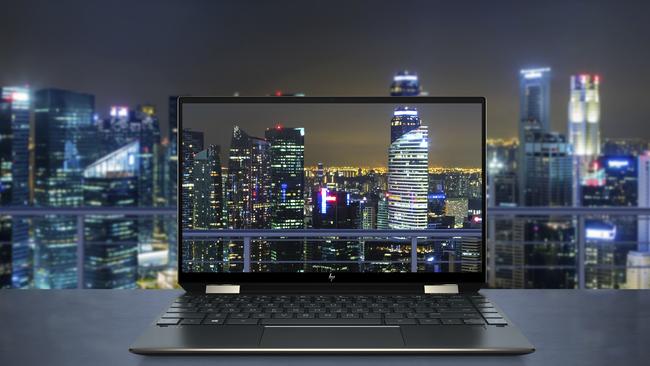A lightweight, powerful laptop
The Spectre X360’s signature feature is a screen connected by two hinges that rotates a full 360 degrees
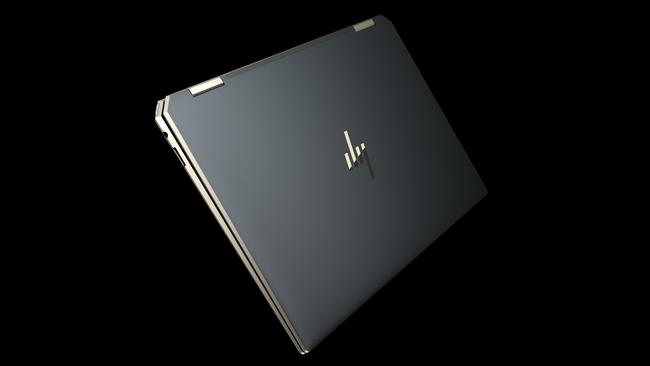
The HP Spectre X360 13 sells in the lightweight yet powerful notebook market, also populated by the Dell XPS 13, Microsoft Surface laptop and even Apple MacBook Air.
This market is about offering small, lightweight, yet moderately powerful notebooks with premium looks that are workhorses on the go.
The Spectre X360’s signature feature is a screen connected by two hinges that rotates a full 360 degrees. You can operate it as a regular notebook, or bury the screen underneath the keyboard and use it as a laptop. It’s lightweight and small enough to be handled as a tablet, weighing from 1.32kg depending on your configuration, with dimensions 30.88cm x 21.79cm and 1.45cm thick.
We’ve reviewed the Spectre X360 13 several times over the years. It goes through regular upgrades and this one is branded late 2019 and features 10th generation Intel processors.
This model certainly looks sleek and classy, with an all aluminium gem-cut design and smaller frame. The most noticeable change is the shrinking of the black borders or bezel around the display. The bottom bezel is now a thin strip compared to the much bigger black area on the previous model.
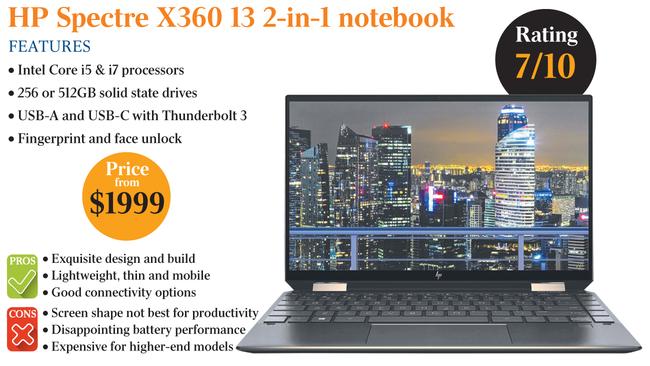
This notebook has two small panels angled at 45 degrees at the two back corners. This is unusual. One houses a USB-C port and the other the power button. HP’s rationale is that the 45 degrees offers better cord management if you plug the cable into the USB-C port there.
My review notebook had a Core i7-1065G7 processor, and 13.3-inch OLED 4K display that supports high dynamic range content. It is wide angle which makes it ideal for watching movies on the go. Personally, I prefer a squarer 4:3 ratio display for productivity. I can see more lines of a document on a little Apple iPad Pro than on this display.
HP has an unusual proprietary feature called the sure view privacy screen. Press F1 and someone sitting besides you will not be able to read the display. That’s great if you’re working on confidential documents at a meeting or on a plane. You never know who you might sit next to on a plane, it could be a nosy reporter like me.
Press F12 and you can instantly mute conversations, another useful privacy feature.
The Spectre x360 supports the latest Wi-Fi 6 wireless standard for faster and more stable Wi-Fi, and you can optionally have 4x4 Gigabit LTE to achieve a faster cellular wireless data throughput on LTE-enabled units.
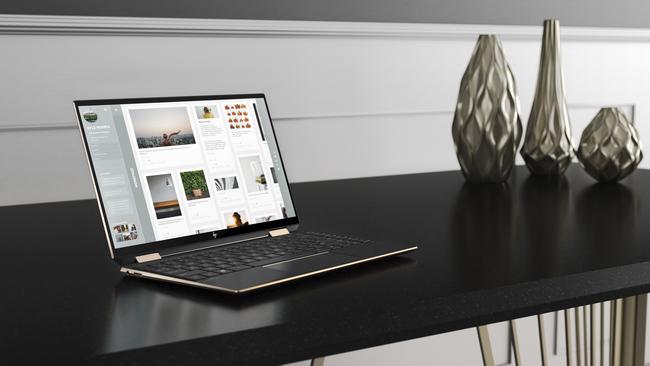
You can unlock the laptop with biometrics. The Spectre X360 supports both Windows Hello face recognition and fingerprint recognition. The camera is at the top and the fingerprint sensor is easily accessed at the bottom right.
I really like the keyboard on this notebook. Despite its small size, the keys offer decent travel and you can type quickly and comfortably. All keys are full sized except the function key row and up/down arrows.
The choice of port connections around the edges makes or breaks convenience and the Spectre X360 offers good connectivity options. There’s a 3.5mm combo audio socket and USB-A 3.1 port at left with a microSD card reader and two USB-C ports at right. You use one of the USB-Cs for charging. Both USB-C ports support Thunderbolt 3, which offers incredibly fast data transfers if you have the right cable and connected device.
Having both USB-C and USB-3.1 means you can link the latest gear and older devices including USB flash drives without needing an adapter. The USB-3.1 port has a little trap door below it which expands the slot to fit the USB plug. It means HP didn’t have to add extra depth to the chassis to accommodate the port. This type of laptop may not have the grunt of a big, heavy laptop, but the main game is meeting everyday computing needs on the go.
So how powerful is the Spectre X360? I tested the notebook with the Novabench benchmark and then compared that to the performance of the current MacBook Air with the same program. Both belong to the thin, light and moderately powerful category.
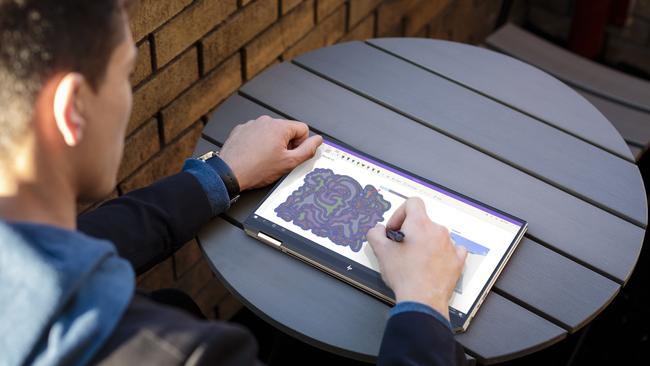
The Spectre X360 returned an overall score of 1643, with disk read/write speeds of 962 and 359 megabits per second, and graphics performance of 795 flops (Open CL) and 20 flops (Direct3D).
The 13-inch MacBook Air scored 1545, with disk read/write speeds of 2247 and 460 megabits per second, graphics performance of 816 flops (Open GL) and 21 flops (Metal 3D). It’s CPU achieved a 97 per cent ranking, but its GPU performance was way back at 9 per cent.
In the end they are similar in overall performance, but note the faster disk read speed of the MacBook Air and better graphics ranking of the Spectre X360.
HP claims up to 22 hours of battery life.
We tested this with our standard battery test, playing full high-definition video continuously at 50 per cent brightness (about 200 nits) and got a disappointing 6.5 hours.
If you need better battery life, avoid the 4K display.
The upcoming range of laptops with low-powered Qualcomm chips are likely to blitz this notebook genre and will boast amazing battery life.
In the end, the Spectre X360 13 (late 2019) is a very capable laptop for on the go, looks beautiful and offers a good smattering of connectivity.
Having Thunderbolt 3 adds fast data throughput. It’s not a high performer compared with bigger laptops but it’s the compromise you make for the mobility.
A Spectre X360 13 with a Core i5 processor and 256GB storage costs about $1999; you’ll pay about $2500 for one with a Core i7 processor and 512GB storage.
